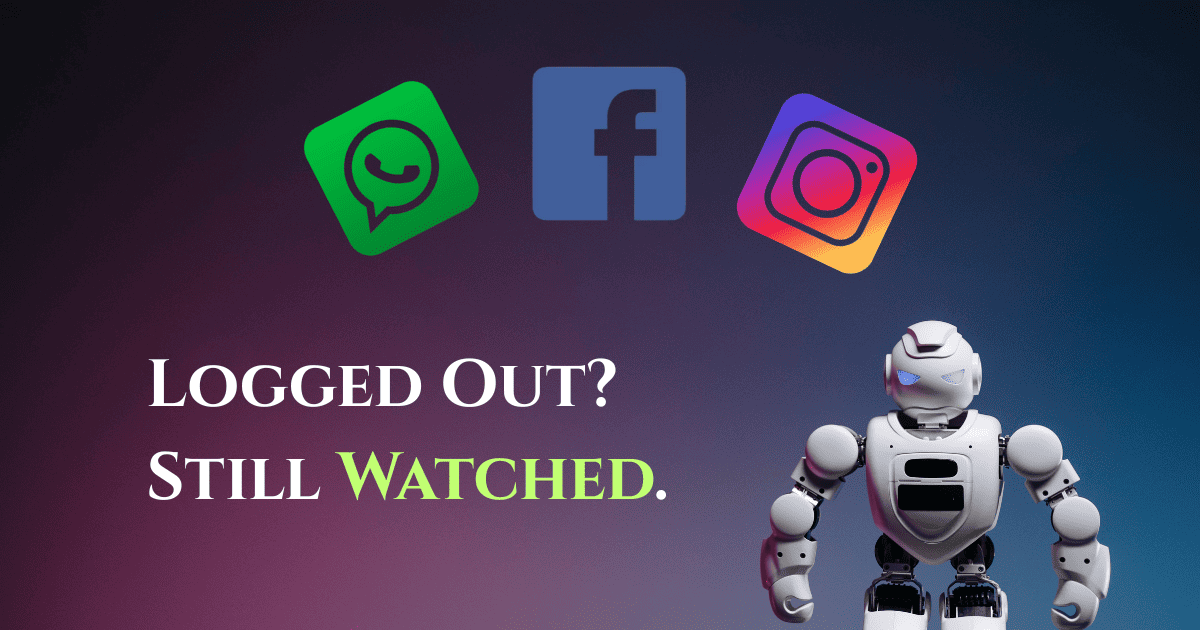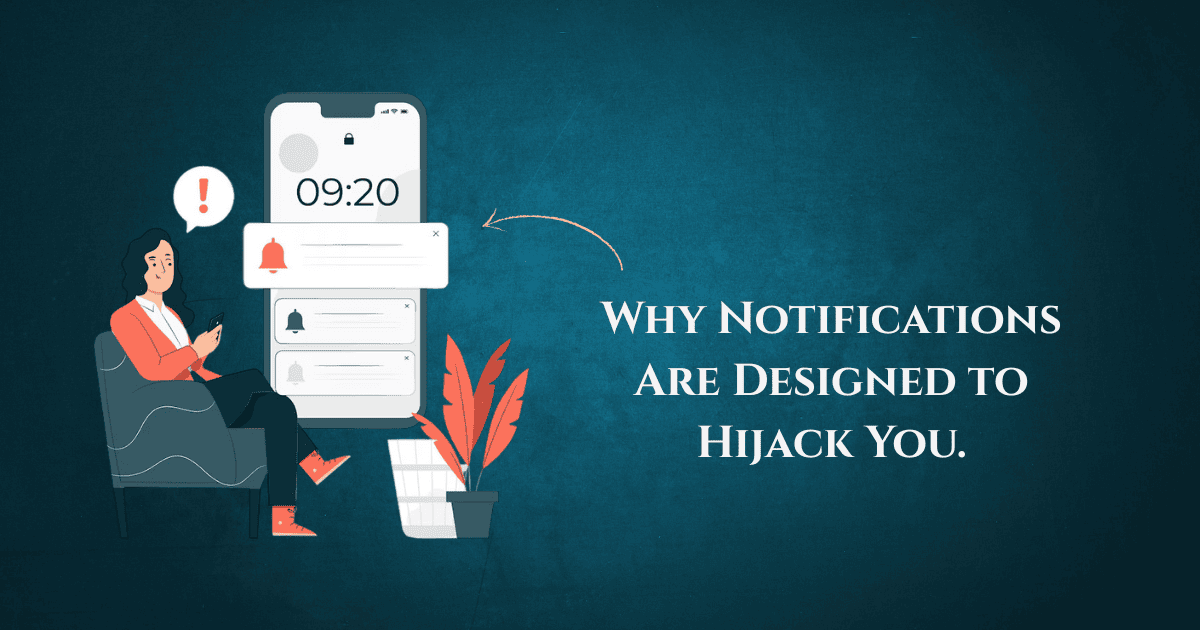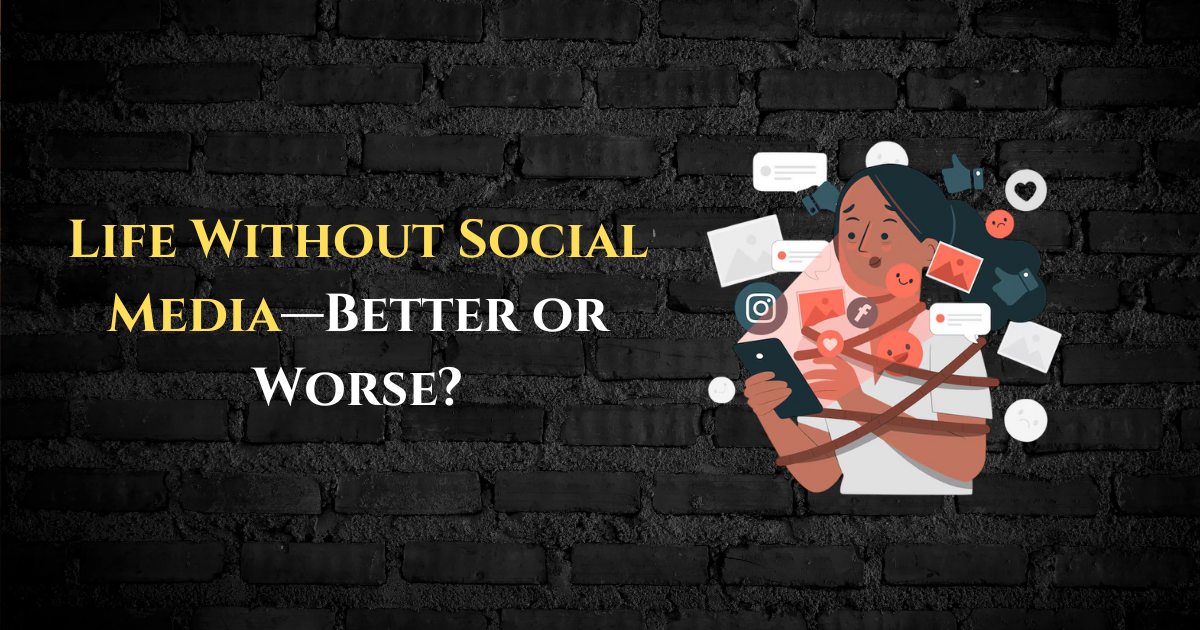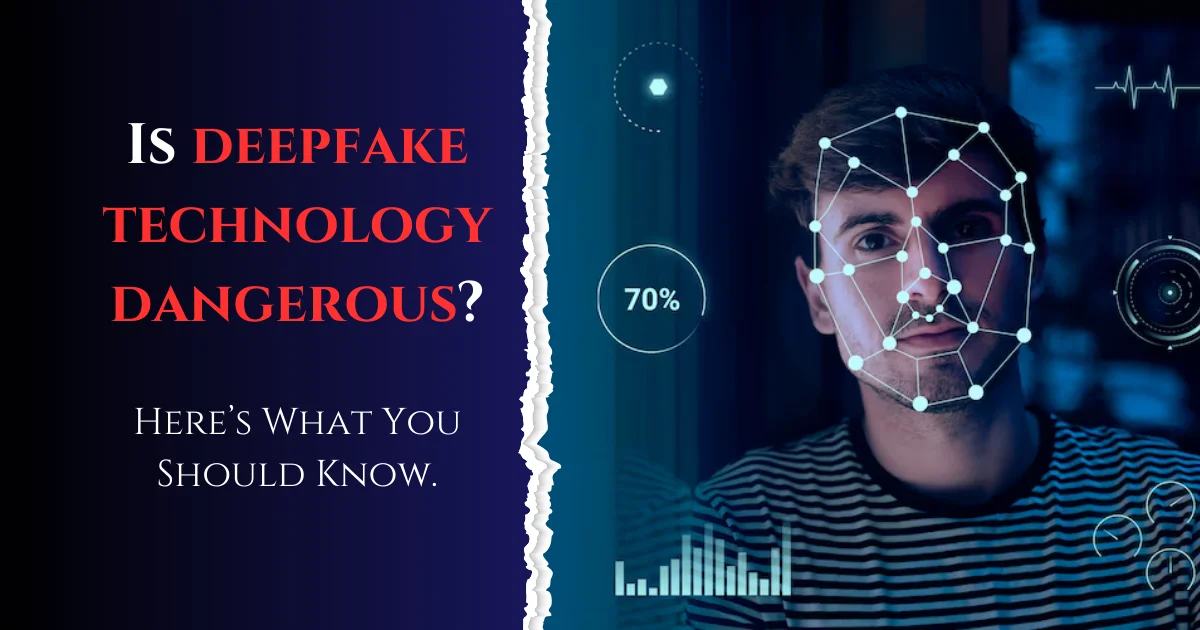Logging out doesn’t free you. The algorithm is everywhere—predicting, tracking, and nudging you across the web and beyond.
You log out.
Close the app.
Even delete your account.
Yet somehow… the ads still follow you.
The recommendations still feel eerily right.
The internet still seems to know who you are.
Here’s the hard truth:
Logging out doesn’t mean logging off the grid.
Because the algorithm never needed your login.
It needed your behavior.
1. You Are the Cookie
Even without an account, websites drop cookies on your browser.
These tiny data files track what you click, search, and linger on.
They don’t need to know your name.
They know your pattern.
Logged out? Doesn’t matter.
Your digital fingerprint is still visible.
2. Your Device Has a Signature
You might think, “I’m safe on incognito.”
But even private browsing can’t mask:
- Your screen size
- Your fonts
- Your hardware
- Your time zone
- Your extensions
This creates a unique profile—called “browser fingerprinting.”
So even without logging in, the system knows it’s you.
3. The Algorithm Isn’t Just One App
You might escape Facebook.
But it still owns Instagram and WhatsApp.
Google tracks you across Gmail, YouTube, Maps, and Chrome.
Each platform feeds the same brain.
So when you think you’ve left the room, you’ve only walked into another wing of the same house.
4. The Web Is Woven Together
Most websites today run trackers from Facebook, Google, TikTok, or other ad networks.
That means even when you’re reading a blog or shopping for socks, the data is flowing back to the mothership.
You didn’t log in.
But they logged you.
5. Public Behavior Becomes Private Insight
Ever search for something random and later see ads for it on a totally different app?
That’s cross-platform targeting.
Even anonymized, your behavior tells a story.
Enough tiny signals add up to a profile more accurate than your bio.
You never said who you were.
The algorithm figured it out.
6. Your Contacts Out You Too
You don’t have to be on a platform for it to know about you.
If your friends or family upload contacts, share photos, or tag faces, the system learns about:
- Your name
- Your relationships
- Your habits
You’re not on the grid—but your social graph is.
7. Offline Behavior Triggers Online Feedback
You walk into a store with location enabled.
You tap your credit card.
Your phone checks in at a coffee shop.
Later, you see an ad about that same store or a “related” item.
It’s not coincidence.
It’s online and offline data merging—and the algorithm evolving.
8. AI Doesn’t Need a Name—Just a Pattern
The modern algorithm doesn’t care if you’re “John” or “Jane.”
It cares that you clicked red shoes, watched a skincare reel for 8 seconds, or typed “how to quit caffeine” at 2:34 a.m.
AI systems match these behaviors to others like you—grouping you into “tribes” of preference and intent.
So even without knowing your identity…
They know your instincts.
9. Logging Out = Symbolic Gesture
In a world of ambient data, logging out is like whispering in a room full of microphones.
It may feel like privacy—but it isn’t.
The real privacy battle is no longer about logins.
It’s about presence.
Are you connected to the grid?
Then you’re feeding it.
10. So What Can You Do?
You can’t disappear completely—but you can disrupt the pattern:
- Use privacy browsers (Brave, Firefox with extensions)
- Block third-party cookies
- Turn off location & ad personalization
- Minimize app permissions
- Rotate or reset ad IDs
But most of all—stay aware.
You don’t have to live in fear.
But you should live with intention.
Final Thought
The algorithm isn’t a villain.
It’s a mirror—reflecting our clicks, our searches, our stares.
But the more invisible it becomes, the more power it holds.
Logging out won’t save you.
Logging in with awareness might.
The algorithm sees you—even when you don’t see it.










